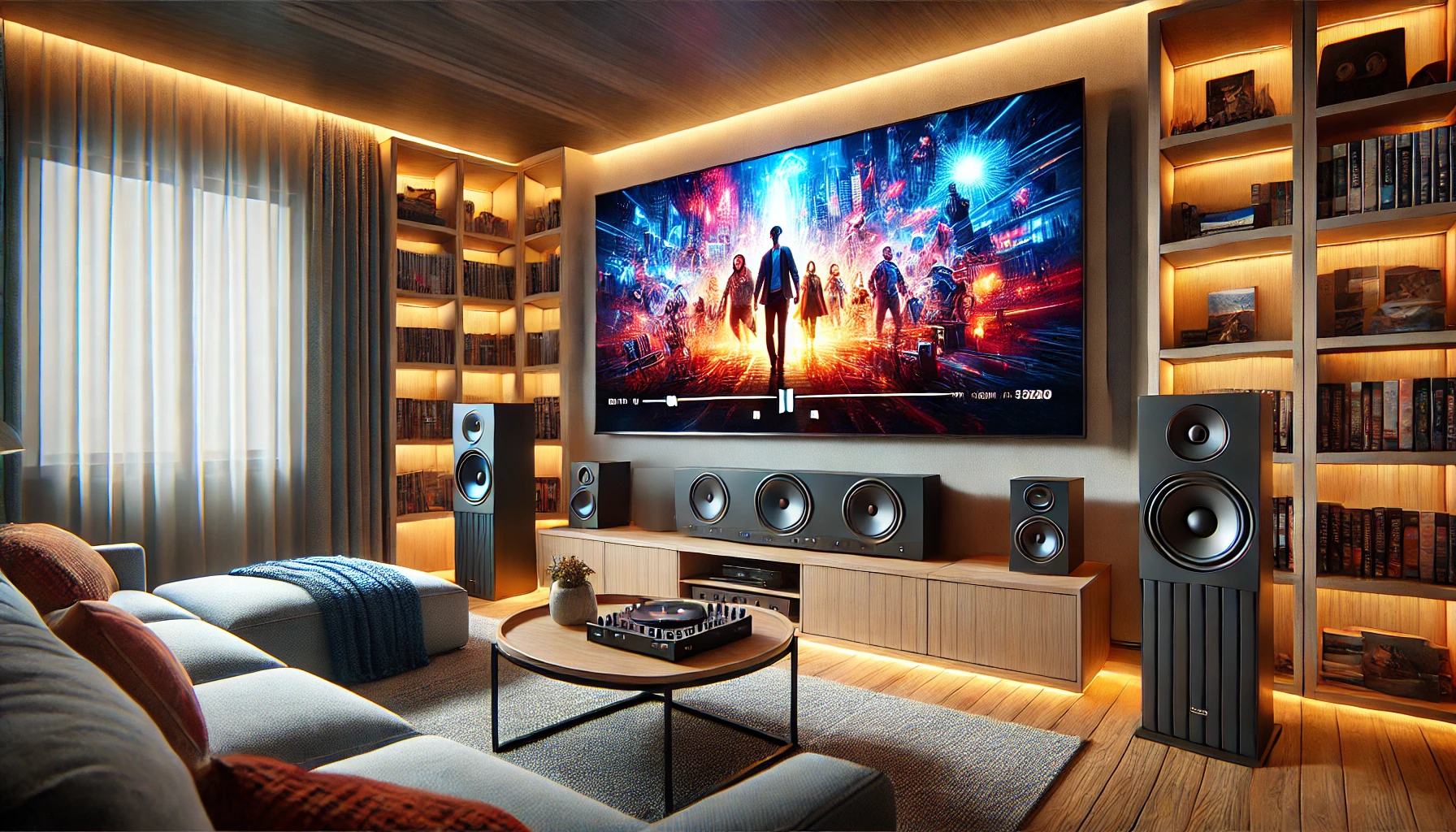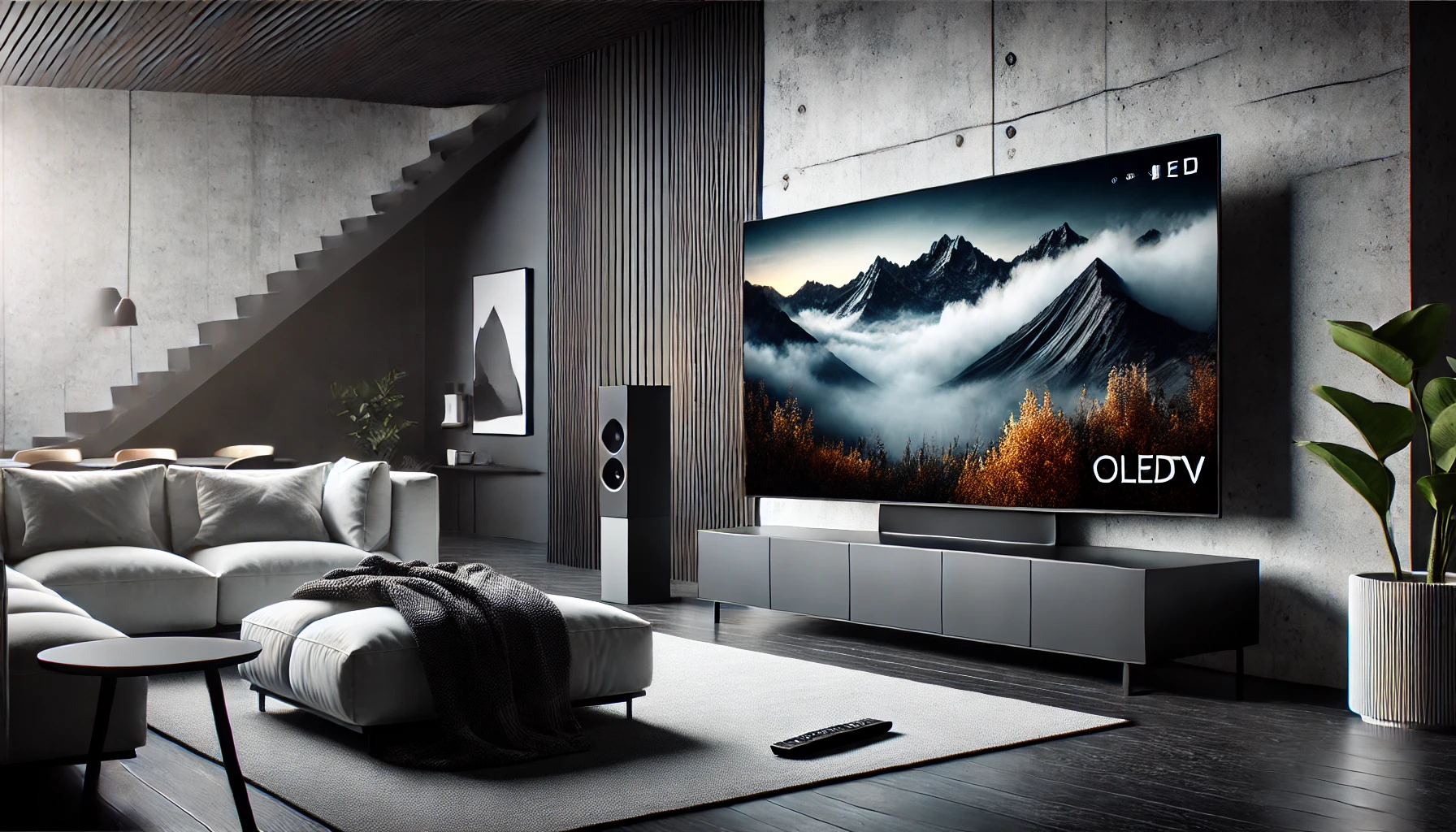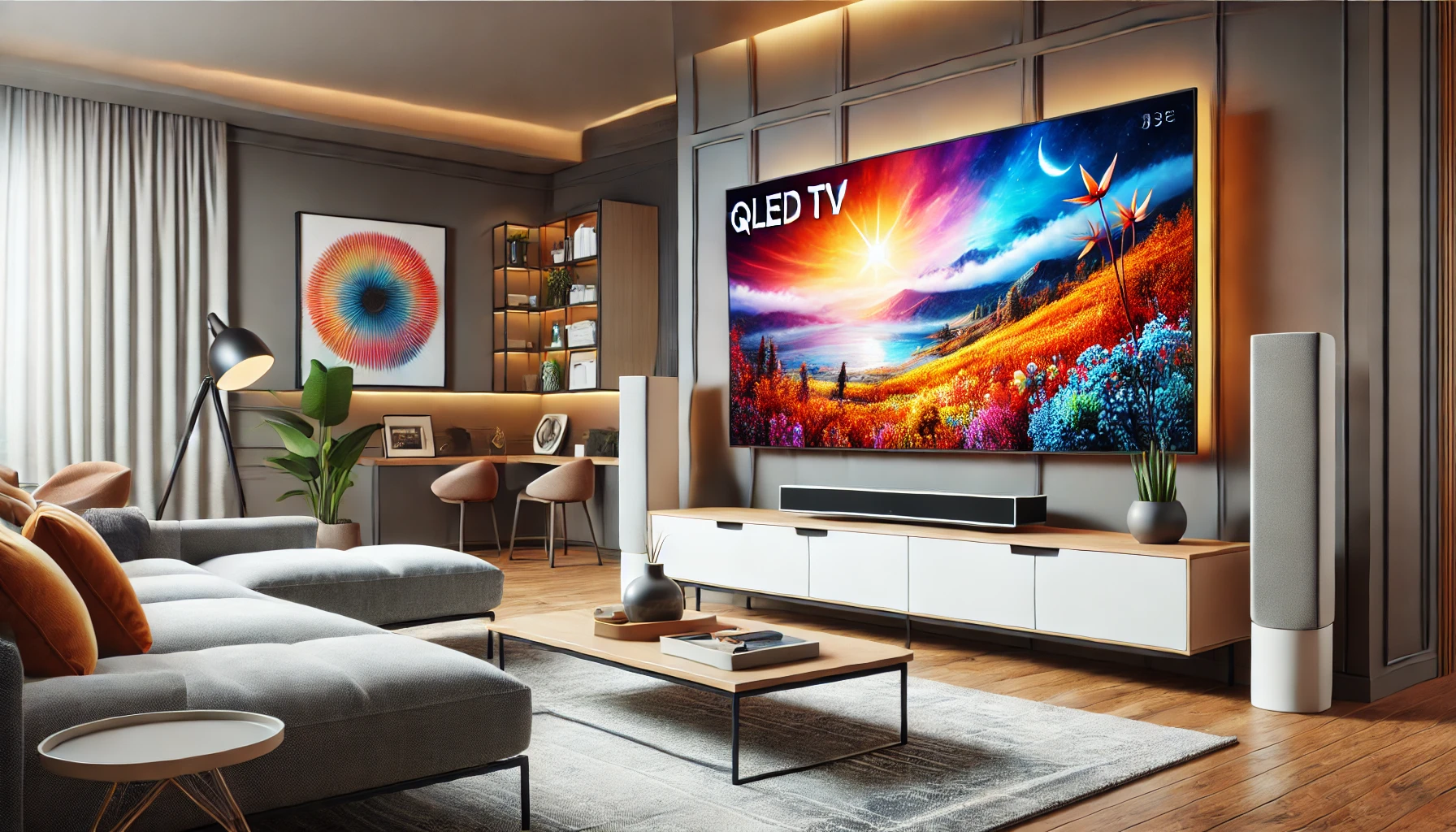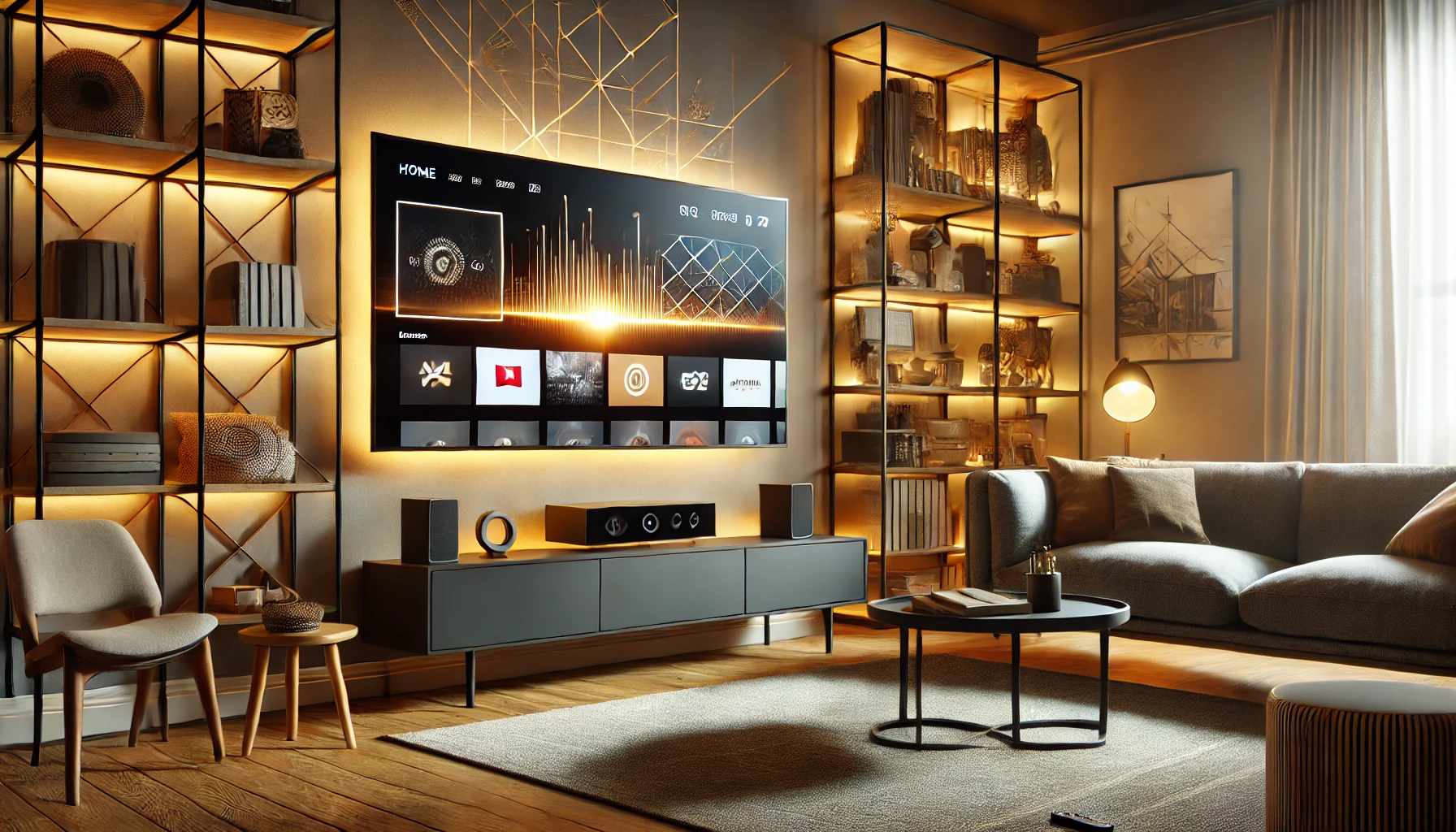With advancements in technology, the market is flooded with various types of TVs, each boasting unique features and specifications. Choosing the right TV can be a daunting task, especially with the rapid evolution of technology and the myriad of options available. This article aims to guide you through the process, helping you understand the different types of TVs, their features, and what might suit your needs best.

Understanding TV Types
The first step in deciding what type of TV to buy is understanding the different technologies available. Here are the primary types:
- LED-LCD TV
- OLED TV
- QLED TV
- Plasma TV
- Smart TV
- 4K and 8K TVs
LED-LCD TV
LED-LCD (Light Emitting Diode-Liquid Crystal Display) TVs are the most common type of television on the market. They use LED backlighting to illuminate the LCD screen. These TVs are generally more affordable than OLED and QLED models and offer a wide range of sizes and features.
Pros:
- Affordable
- Wide range of sizes
- Good brightness levels
- Energy-efficient
Cons:
- Limited viewing angles
- Less contrast compared to OLED
- Potential for motion blur
OLED TV

OLED (Organic Light Emitting Diode) TVs are known for their superior picture quality. Each pixel in an OLED TV emits its own light, which allows for perfect blacks and stunning contrast ratios. This technology also enables ultra-thin designs and excellent viewing angles.
Pros:
- Excellent picture quality
- Perfect blacks and infinite contrast ratio
- Wide viewing angles
- Fast response times
Cons:
- Expensive
- Potential for burn-in with static images
- Lower brightness compared to LED-LCD
QLED TV
QLED (Quantum Dot Light Emitting Diode) TVs, developed by Samsung, use quantum dots to enhance the color and brightness of LED-LCD screens. While not as advanced as OLED, QLED TVs offer improved color accuracy and brightness over traditional LED-LCD models.

Pros:
- Excellent color accuracy and brightness
- No risk of burn-in
- Generally more affordable than OLED
Cons:
- Limited contrast compared to OLED
- Still dependent on LED backlighting
- Potential for motion blur
Plasma TV
Although plasma TVs are largely phased out, they were once known for their excellent picture quality, especially for fast-moving images. They work by illuminating tiny cells of plasma, a charged gas, to create images.
Pros:
- Excellent picture quality
- Good contrast and black levels
- Smooth motion handling
Cons:
- Heavier and thicker than LED and OLED TVs
- Higher power consumption
- Susceptible to burn-in
- No longer widely available
Features to Consider

When choosing a TV, it’s essential to consider not only the type of TV but also the features that will enhance your viewing experience. Here are some key features to look out for:
- Resolution
- Refresh Rate
- HDR (High Dynamic Range)
- Smart Features
- Connectivity Options
- Sound Quality
Resolution
Resolution refers to the number of pixels that make up the picture on the screen. The more pixels, the sharper and more detailed the image.
- Full HD (1080p): 1920 x 1080 pixels. Adequate for smaller screens or if you’re on a budget.
- 4K (Ultra HD): 3840 x 2160 pixels. Offers four times the resolution of 1080p. Ideal for larger screens and detailed viewing.
- 8K: 7680 x 4320 pixels. Provides 16 times the resolution of 1080p. Cutting-edge technology with limited content available.
Refresh Rate
The refresh rate, measured in Hertz (Hz), indicates how many times per second the image is refreshed on the screen. A higher refresh rate results in smoother motion.
- 60Hz: Standard for most TVs. Suitable for regular viewing and gaming.
- 120Hz and above: Provides smoother motion, beneficial for sports, action movies, and gaming.
HDR (High Dynamic Range)
HDR enhances the contrast and color range of the TV, providing a more realistic and vivid picture. There are different HDR standards, including HDR10, Dolby Vision, and HLG.
- HDR10: Most common and widely supported.
- Dolby Vision: Dynamic metadata provides superior picture quality but requires compatible content and hardware.
- HLG (Hybrid Log-Gamma): Developed for broadcast TV.
Smart Features
Smart TVs come with built-in internet connectivity, allowing access to streaming services, apps, and web browsing. Look for TVs with an intuitive and user-friendly interface, and consider the app ecosystem.
- Popular Platforms: Android TV, Roku, Tizen (Samsung), WebOS (LG).
Connectivity Options
Ensure the TV has enough ports and connectivity options for your needs, including HDMI, USB, Ethernet, and wireless capabilities. HDMI 2.1 is the latest standard, supporting higher resolutions and refresh rates.
Sound Quality
While most modern TVs are thin and sleek, this often results in compromised sound quality. Consider investing in a soundbar or home theater system for an enhanced audio experience.
Size and Placement
The size of the TV and its placement in your home are crucial factors to consider. The optimal TV size depends on the viewing distance and room size. As a general rule:
- For a viewing distance of 4-6 feet, a 40-49 inch TV is suitable.
- For a viewing distance of 6-8 feet, a 50-59 inch TV is ideal.
- For a viewing distance of 8-10 feet, a 60-69 inch TV works well.
- For a viewing distance of 10 feet or more, consider a 70 inch or larger TV.
Additionally, consider the TV’s placement. Wall mounting can save space and provide a sleek look, but ensure the mount is compatible with your TV and the wall can support its weight.
Budget Considerations
Your budget will play a significant role in determining the type of TV you can buy. Here’s a rough breakdown of what you can expect in different price ranges:
- Under $500: Entry-level LED-LCD TVs. Suitable for smaller rooms or secondary TVs.
- $500 – $1,000: Mid-range LED-LCD and smaller 4K TVs. Good balance of features and price.
- $1,000 – $2,000: Premium LED-LCD, QLED, and some OLED TVs. Larger screens and better features.
- Over $2,000: High-end OLED, large QLED, and 8K TVs. Top-notch picture quality and advanced features.
Brand Considerations
Brand reputation and customer service are important when purchasing a TV. Here are some of the top TV brands and what they are known for:
- Samsung: Known for QLED technology, bright and vibrant displays, and a robust smart TV platform.
- LG: Pioneers in OLED technology, offering stunning picture quality and wide viewing angles.
- Sony: Renowned for excellent image processing, great build quality, and a focus on audio performance.
- TCL: Budget-friendly options with solid performance and Roku smart TV platform.
- Vizio: Affordable TVs with good picture quality and value for money.
Future-Proofing Your Purchase
With technology evolving rapidly, it’s wise to consider future-proofing your TV purchase. Here are some features that can help:
- HDMI 2.1: Supports higher resolutions, refresh rates, and features like Variable Refresh Rate (VRR) and Auto Low Latency Mode (ALLM).
- 8K Resolution: While content is limited, it ensures your TV is ready for future advancements.
- Advanced HDR Formats: TVs with support for multiple HDR formats like HDR10+ and Dolby Vision.
Conclusion
Choosing the right TV involves balancing your budget, preferences, and the features that matter most to you. Whether you opt for the deep blacks and vibrant colors of an OLED, the brightness and affordability of an LED-LCD, or the enhanced colors of a QLED, there is a TV out there that fits your needs.
By understanding the different types of TVs and their features, considering your viewing environment, and thinking about future needs, you can make an informed decision that will bring you enjoyment for years to come. Happy TV shopping!

